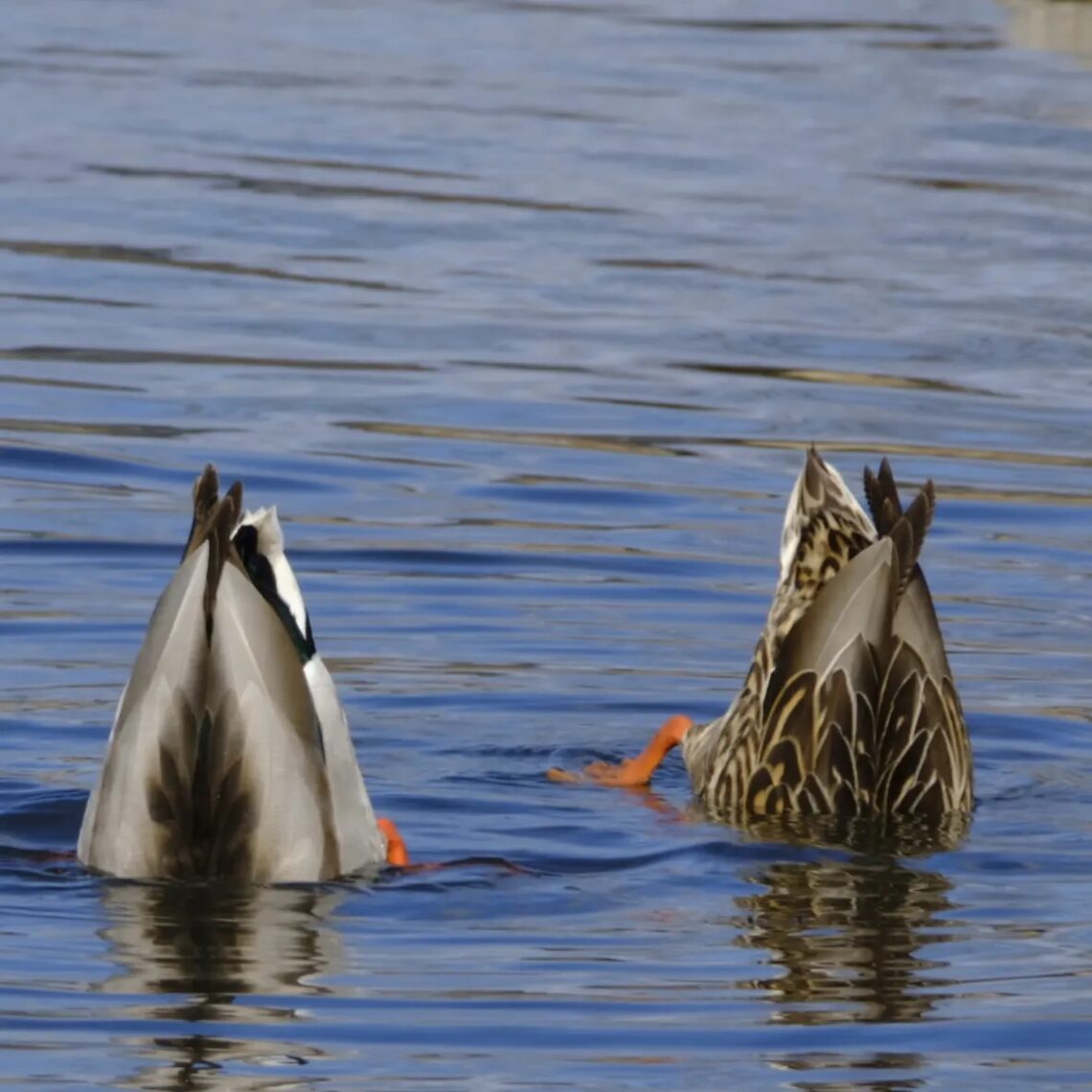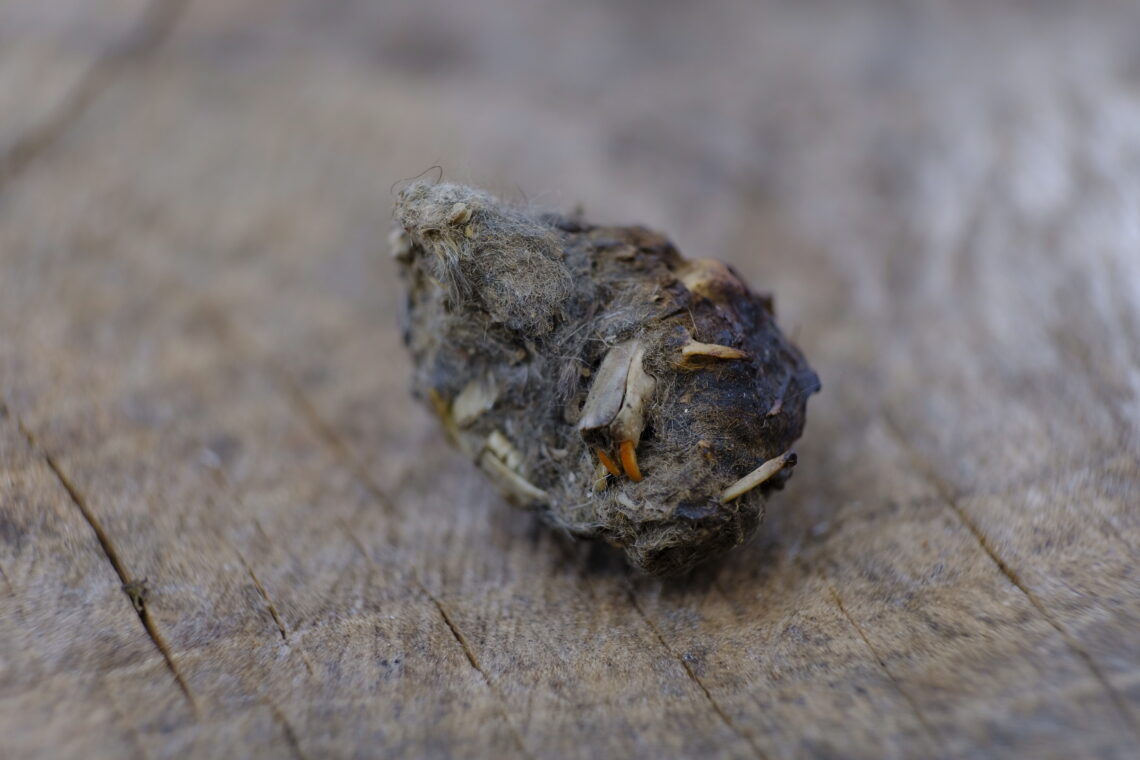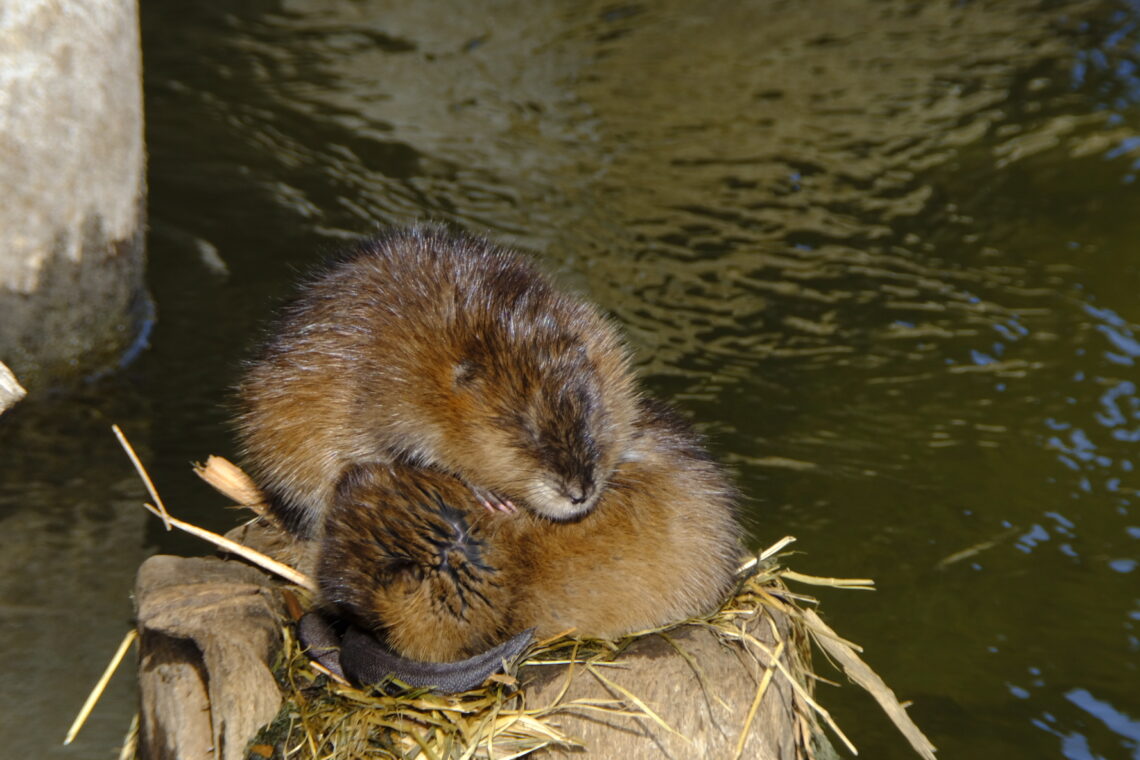What a rollercoaster of weather we’ve been having lately! Some days I walk outside and feel like I’ve been teleported to early summer and the very next day I’ve travelled back to February. Just the other day we had close to a 60F drop in temperature overnight! I’d hate to be a weather-predicting groundhog right about now because even with years of experience, these predictions seem to be getting more and more difficult.
As we scramble to adjust our outdoor attire just about every other day, let’s take a minute to see what nature has been up to!
With all of the warm weather we’ve been having, it probably shouldn’t come as a surprise that our lakes are already opening up and the ice is quickly melting away. In areas where we would normally see crowds of people ice fishing, we now see ducks and geese floating on the water.
Out of curiosity, I checked out UW’s Climatology Office website to see how long Lake Mendota was frozen over this year compared to last year. Apparently, Lake Mendota only had 44 days of ice cover this year compared to the 98 days of ice cover last winter!
Recently, I went out on a hike with my family to soak up the sun and explore nature. The trail led us under a large willow tree overlooking a marsh and near the trunk of the tree we discovered an owl pellet! We don’t find them often, but when we do it’s very exciting because my 6-year-old loves taking them apart to look for bones (I do too). If you look closely at the pellet pictured above, you can see the yellowish-orange front teeth that belong to a rodent skull!
Owls usually start nesting in late January to early February which is considerably earlier than most birds. About a month later, their eggs will begin to hatch which should be about this time!
While out with my monthly outdoor volunteers, we discovered another little brown blob (pictured above). This was very clearly not an owl pellet. It felt sort of like hardened foam and it was attached to a stick. At first, I thought it could be a type of fungus but then discovered that it was actually a praying mantis egg case!
Praying mantises create this protective casing for their eggs in the summer. It insulates the eggs all winter and, in the spring, the nymphs emerge by the dozens. *Note that if you find an egg casing that looks similar to this one, it likely belongs to the invasive Chinese mantis. The native mantis creates more elongated egg cases.
Lastly, I’ll leave you with these adorable muskrats that were taking a nap in the sun. With most of the ice melted you’ll probably notice more muskrats swimming around lake edges and basking in the sun. Fun fact: I learned just a couple of weeks ago that muskrats can hold their breath for up to 15-20 minutes, allowing them to swim great distances under the ice!
I hope you enjoyed this month’s nature update and I’ll see you next time!
Cheers,




